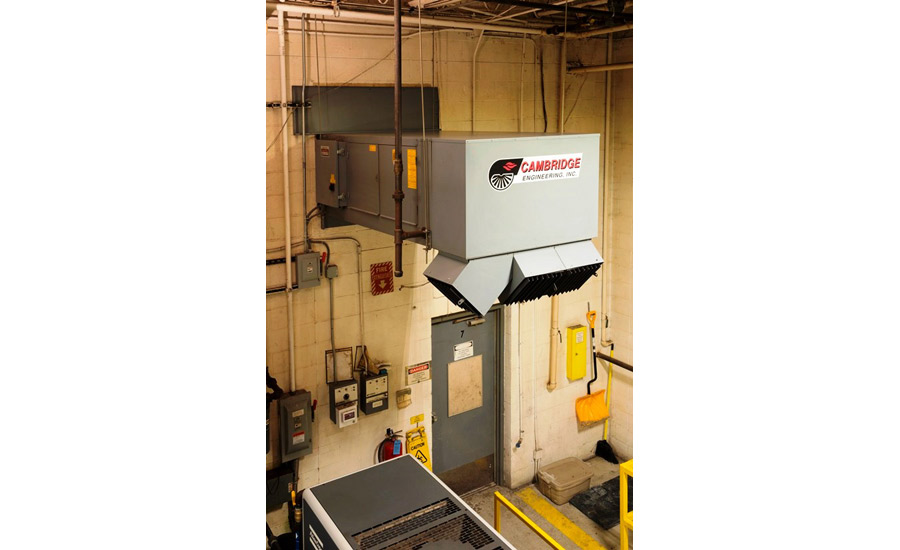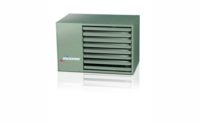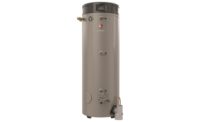Last summer, CJ Automotive in Butler, IN, decided it was high time to replace its 40-year-old inefficient steam boiler system.
The boiler equipment was used to heat the 126,000-sq-ft manufacturing and distribution facility for the automotive parts company. But it was now too costly to maintain, didn’t provide a comfortable working environment for employees, and generated excessive utility bills during the winter heating months.
Compounding the problem was the fact that the installation of any new heating system, no matter what time of the year, needed to occur during production hours with zero tolerance for negative impact on the production line.
CJ Automotive’ s two main requirements for a new system was to lower their monthly heating costs and provide a more comfortable working environment for employees during the winter months all while meeting ROI requirements.
Cambridge Engineering, with the help of their regional manufacturer’s representative B&B Energy, worked with CJ Automotive to design a solution that would not only meet their needs but exceed their ROI requirements. The team presented CJ Automotive with a heating technology solution called High Temperature Heating and Ventilation (HTHV) manufactured by Cambridge Engineering. The HTHV technology, a 92% efficient direct fired technology, is designed to provide three main benefits.
First, the technology is designed to lower utility costs. According to Cambridge, as a 92% thermal efficient solution the HTHV technology would dramatically lower the automotive company’s utility costs when compared to the older outdated and inefficient boiler equipment. HTHV technology has a minimum discharge temperature of 150°F. It is because of this higher discharge temperature that HTHV technologies are able to heat structures using less natural gas than other less efficient products.
The HTHV also aims to provide even temperatures throughout the facility through better destratification. Officials said the HTHV technology, with its high static blower, provides better air destratification without the use of external destrafication fans. Even in high bay buildings with ceiling heights of 30 ft or greater the temperature difference from ceiling to floor is no greater than 4 degrees.
Finally, the system would provide better indoor air quality. Since HTHV technology uses 100% outside air, the technology is also a ventilation device as well as a heating solution. More outside air means better indoor air quality for the occupants.
As part of the process, Cambridge Engineering and B&B energy met with CJ Automotive to conduct a site survey to ensure that the solution provided would meet their energy use, comfort, and ROI requirements. The survey included an energy use analysis comparing the new HTHV equipment to the old boiler equipment. The main goal of the analysis was to provide the team with the information needed to estimate the potential energy savings from moving to the new HTHV technology.
The site survey also provided the necessary information to calculate the heat load required to heat the facility. It was determined that three separate Cambridge HTHV units would be required and that CJ Automotive could realize a 20% savings on their utility bills. Those units include the SA 250, S800, and S2200. The HTHV equipment would also qualify for commercial rebates through their natural gas utility provider which would help them on equipment costs and their ROI.
In addition to the estimated gas savings and the utility rebates for the equipment the solution was designed so that there would be no disruption to the production line.
After completion of the project CJ Automotive has been able to not only achieve but exceed its goals from the heating retrofit project:
|
Month |
Therms used |
Month |
Therms used |
Savings |
|
January 2014 |
11,673 |
January 2016 |
5,314 |
54% |
|
February 2014 |
9,880 |
February 2016 |
7,369 |
23% |
|
March 2014 |
5,556 |
March 2016 |
2,781 |
50% |
*January, February, and March make up 80% of CJ Automotive’s heating requirements
CJ Automotive was not just impressed with its utility savings. The company found that its thermostat setting went from 55°F with their old system to 68°F using the new system. The workforce now has an environment where they no longer need to worry about uncomfortable surroundings. Instead they have even comfortable temperatures for all employees.
With the savings in energy costs, the utility rebates, and the fact that they were able to cut over four man hours/day in maintenance and repairs to the old boiler, and remove thousands of dollars in annual boiler inspection fees, CJ Automotive was able to beat its stated ROI requirements for the project.




